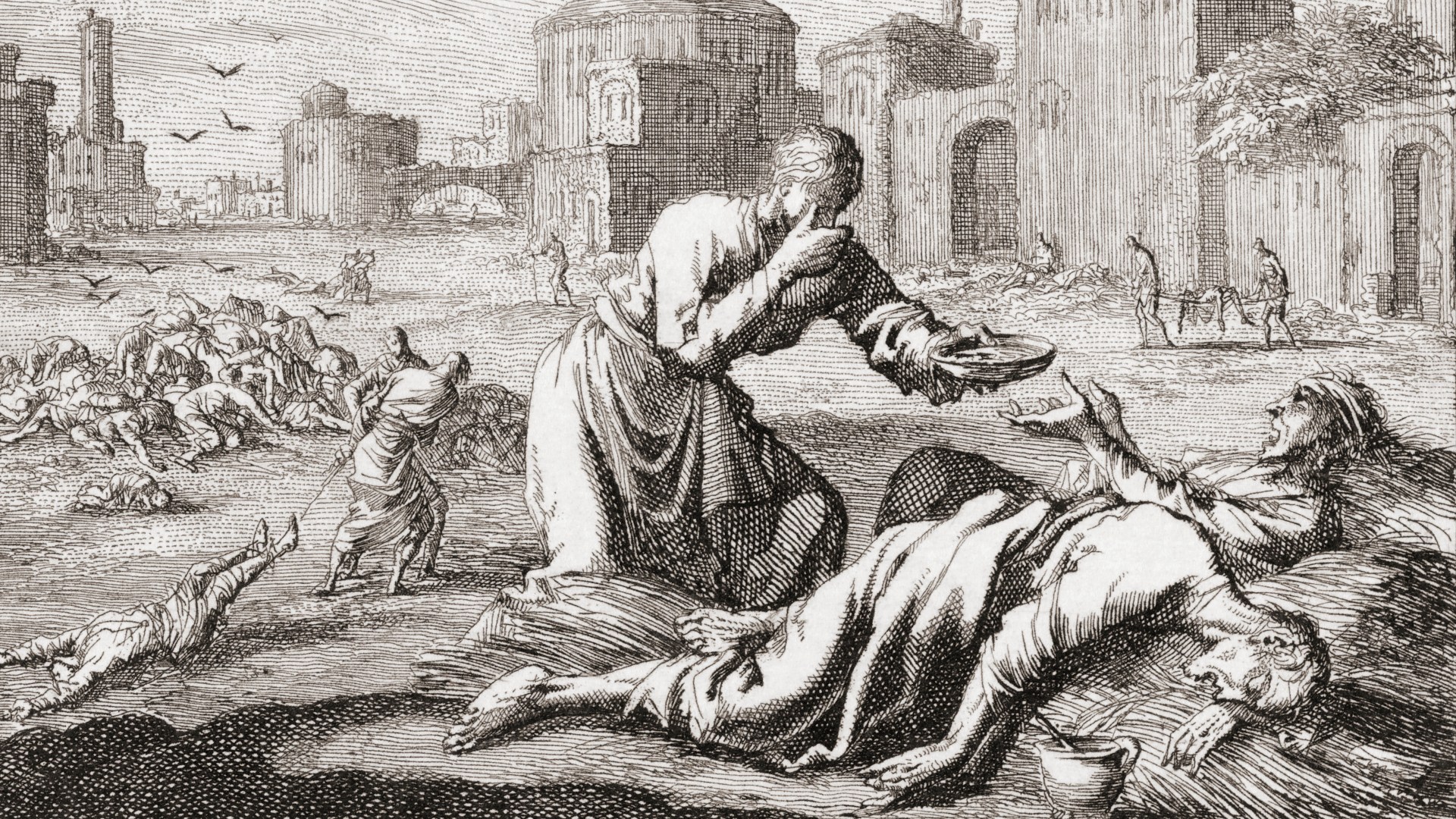FOR most, mention of the Black Death probably conjures up medieval images of people dying horrifically in the street.
Caused by the bacterium Yersinia pestis, the bubonic plague has killed hundreds of millions and left a gruesome mark on history.
4

4

4
The Black Death, which struck 14th-century Europe, led to the deaths of over 50 million people—around 50 per cent of the entire European population.
But with recent cases popping up in parts of the world, experts warn the deadly plague isn’t just a thing of the past.
In fact, Covid jab scientists are developing a Black Death vaccine over fears the disease could re-emerge and kill millions.
The team behind the Oxford AstraZeneca coronavirus vaccine said they had made progress on an injection that could prevent bubonic plague from developing.
A trial of their vaccine on 40 healthy adults, which started in 2021, shows it is safe and can produce an immune response to the often-fatal condition.
The disease is spread mostly by fleas on rodents and other animals that bite humans, with one unfortunate person in the US catching the disease from his cat.
Although no longer common in many parts of the world, evolving strains which could pose a risk have already been found in Madagascar and Peru.
The main symptom of bubonic plague is swollen lymph nodes, usually in the neck, groin, thighs and armpits.
These swollen nodes, called buboes, can cause the tissue around them to turn black and die – this symptom is thought to have contributed to the name ‘Black Death’.
They may also burst open, releasing the pus inside.
Other symptoms include fever, headaches and vomiting.
The pathogen may spread to other parts of the body, such as the lungs – resulting in pneumonic plague – or the bloodstream, causing septicaemic plague.
At this stage, those infected often begin coughing up blood or bloody mucus.
A class of antibiotics called fluoroquinolones, developed in the 1940s, are effective in treating the plague today.
Bubonic plague kills 30-60 per cent of those infected, while pneumonic and septicaemic plague is almost always fatal if left untreated.

4
History of the Black Death
THE Black Death was an epidemic of bubonic plague which struck Europe and Asia in the 1300s.
It killed more than 20 million people in Europe.
Scientists now know the plague was spread by a bacillus known as yersina pestis.
Bubonic plague can cause swelling of the lymph nodes. If untreated, it could spread to the blood and lungs.
Other symptoms included fever, vomiting and chills.
Physicians relied on treatments such as boil-lancing to bathing in vinegar as they tried to treat people with the plague.
Some believed that the Black Death was a “divine punishment” – a form of retribution for sins against God




